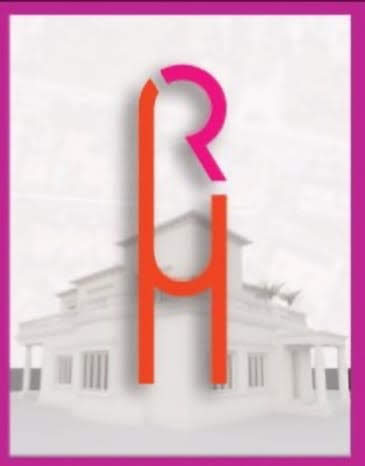COPYRIGHT & ARCHITECTURE
March, 2023-Barcelona, Spain.
THE VALUE OF THE AUTHOR’S PRODUCTION
There are plenty of eloquent clues.
And legal tools at the architect’s disposal.
The author of an architectural work, whether new or a rehabilitation (especially when we speak of entities that are part of the catalog of heritage of the local council), is the natural person who creates it & only qualified, the architect, who originally acquires the rights of intellectual property on his work & enjoys the moral rights (paternity, integrity, oppose any deformation or modification that undermines the work or author, etc.) & exploitation rights (reproduction, distribution, public communication & transformation). And it is translated by his name, signature & representative sign embodied in his work & design.
The architectural work as an object of copyright.
The Intellectual Property Law (LPI 1996) provides that the ownership of the work corresponds to the author, that is, to its ‘creator’. Therefore, the architect-designer acquires intellectual property rights by virtue of the fact that he is the author of the work that is subsequently embodied in a building.
Architecture is a common good & there are multiple analyses to determine the legal tools available to the architect in the event of infringement of his moral right to the integrity of the work.
On the other hand, Spanish-Catalan COAC’s Collegial Deontology Regulations include as a serious infringement the usurpation of other people’s professional work, with penalties ranging from 1,001 to 5,000 euros in fines or up to one year’s professional disqualification.
When the professional, by means of a contract for the provision of services, undertakes to carry out a project for a client, the sale does not give the purchaser the right to sell it, reproduce it or use it for other purposes if this is not expressly authorized by the architect who drafted the plans. However, it DOES PROTECT.
What is copyright? The set of rights that the creator/author/producer of a work has over the creation of an intangible asset.
To begin with, and as stated before, that the creator of an architectural project has the inalienable right to be recognized as the owner of that idea is as true as spring is the season of flowers. Architecture is the only art that is justified, exclusively, by its functionality, that is to say, it is born to be used, it spoils & ages over the years & obliges its creator/author/producer to obtain a certification of his knowledge & technique by means of a university degree, developing his ideas with limitations, such as the mastery of the town planning regulations in the municipality (especially protected urban catalogs that include works of special significance), province & country where it is to be executed, and the intervention of other agents that visibly affect the work (developer, public administration & end-user). It is understood that drawings, sketches & models, scale models, plans & renderings, advertising banners, as well as the complete building & architectural structure themselves are included.
In short, copyright legislation offers the architect a wide range of legal tools in the event of infringement of his moral right to the integrity of the work: economic rights, and moral rights of an indefinite & unwaivable nature, which are non-transferable rights & are of a very personal nature. Pursuant to the terms of article 14 of the IPL 1996, the latter class includes the right to be recognized as author; the right to decide whether his work should be identified with his name, pseudonym, sign or anonymously; the right to decide when & how to disclose his work; the right to prevent any deformation, modification, alteration or attack against it that may be detrimental to his legitimate interests or harm his reputation, among others.
So, abuse of rights? preparation for possible litigation to defend against aggressions? In this way, and for each specific case if the conflict arises, these tools can be transformed into creative resources endowed with an educational thrust that tolerates the understanding that property, functionality & intellectual property rights are compatible realities.
All rights reserved.
TREC Barcelona & Associates 2023.



